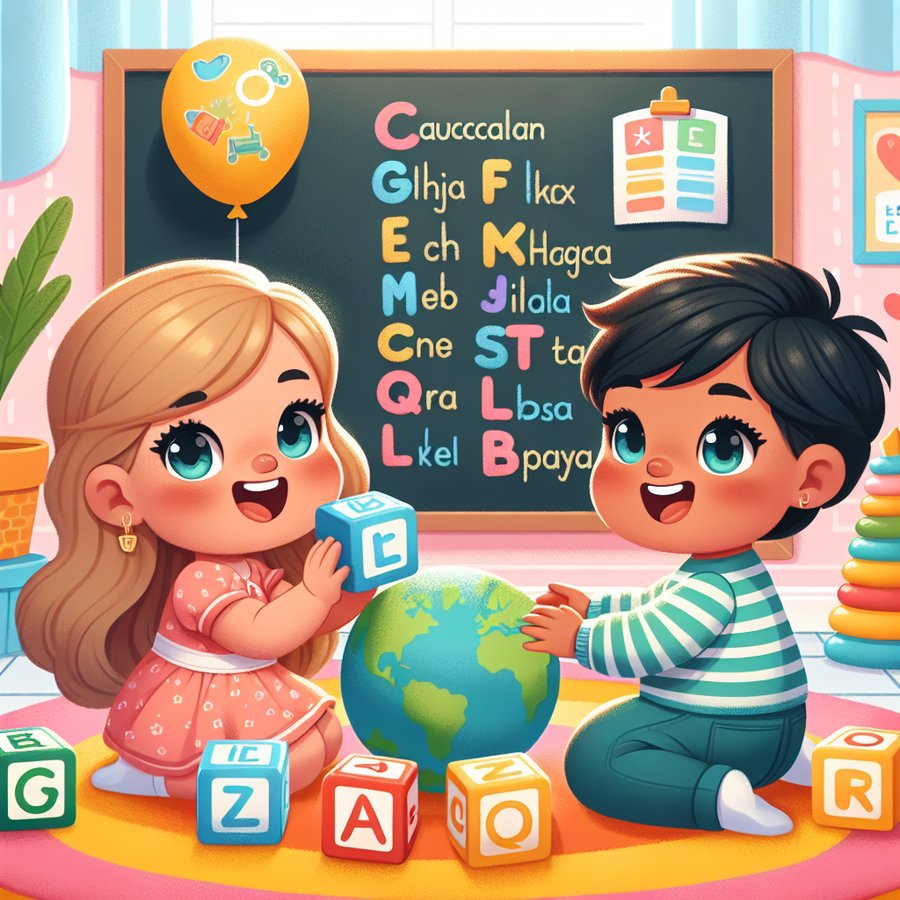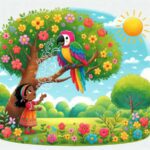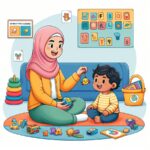Embracing the journey of bilingualism from a tender age can be both exciting and daunting for parents and guardians. Strategies for introducing a second language to toddlers are not only about teaching words but nurturing an environment where language flourishes naturally. This guide dives deep into practical ways to seamlessly integrate a new language into your toddler’s daily routine, ensuring a fruitful multilingual upbringing.
Why Start Early: The Cognitive Advantages
Introducing a second language to toddlers comes with a myriad of cognitive benefits. Studies have shown that bilingual children tend to have better problem-solving skills, enhanced creativity, and greater cognitive flexibility. The brain’s ability to juggle two languages fosters an environment ripe for cognitive development, making early childhood the ideal time for language acquisition. For more insights, explore the research on NCBI.
Moreover, early exposure to a second language promotes empathy and cultural awareness. Toddlers learn to appreciate diversity and develop a global perspective from a young age. These social and emotional skills are invaluable in today’s interconnected world.
Strategies for Introducing a Second Language to Toddlers
Implementing strategies for introducing a second language to toddlers requires patience and creativity. Here are some effective methods to consider:
- Consistent Exposure: Surround your child with the language through music, stories, and conversation.
- Fun and Games: Utilize language learning apps and games designed for toddlers to make learning enjoyable.
- Real-life Interaction: Engage in activities that require communication in the second language, such as playdates with bilingual friends.
It’s also beneficial to integrate language learning into routines. For example, establishing a bedtime story ritual in the second language can reinforce new vocabulary and structures. Building a Reading Routine for Language and Emotional Development provides more on this topic.
Remember, every child’s learning pace is unique. Celebrate small milestones and maintain a positive, encouraging environment throughout the language learning journey.
Overcoming Challenges and Staying Motivated
While the benefits of introducing a second language to toddlers are clear, the journey is not without its challenges. Initial resistance, confusion between languages, and finding consistent language exposure can be daunting obstacles.
To overcome these hurdles, it’s crucial to stay flexible and adapt strategies as needed. For instance, if your toddler shows more interest in games, Encouraging Exploration and Curiosity in Infants might offer additional ideas to weave language learning into play. Additionally, connecting with other bilingual families can provide support and motivation to keep progressing.
In conclusion, introducing a second language to toddlers is a rewarding endeavor that sets the foundation for lifelong benefits. By employing creative strategies, embracing the challenges, and celebrating every step of the journey, you can foster a love for languages that will benefit your child in countless ways. For further reading on supporting bilingual development, consider Supporting Bilingual Language Development in Babies and Toddlers.













